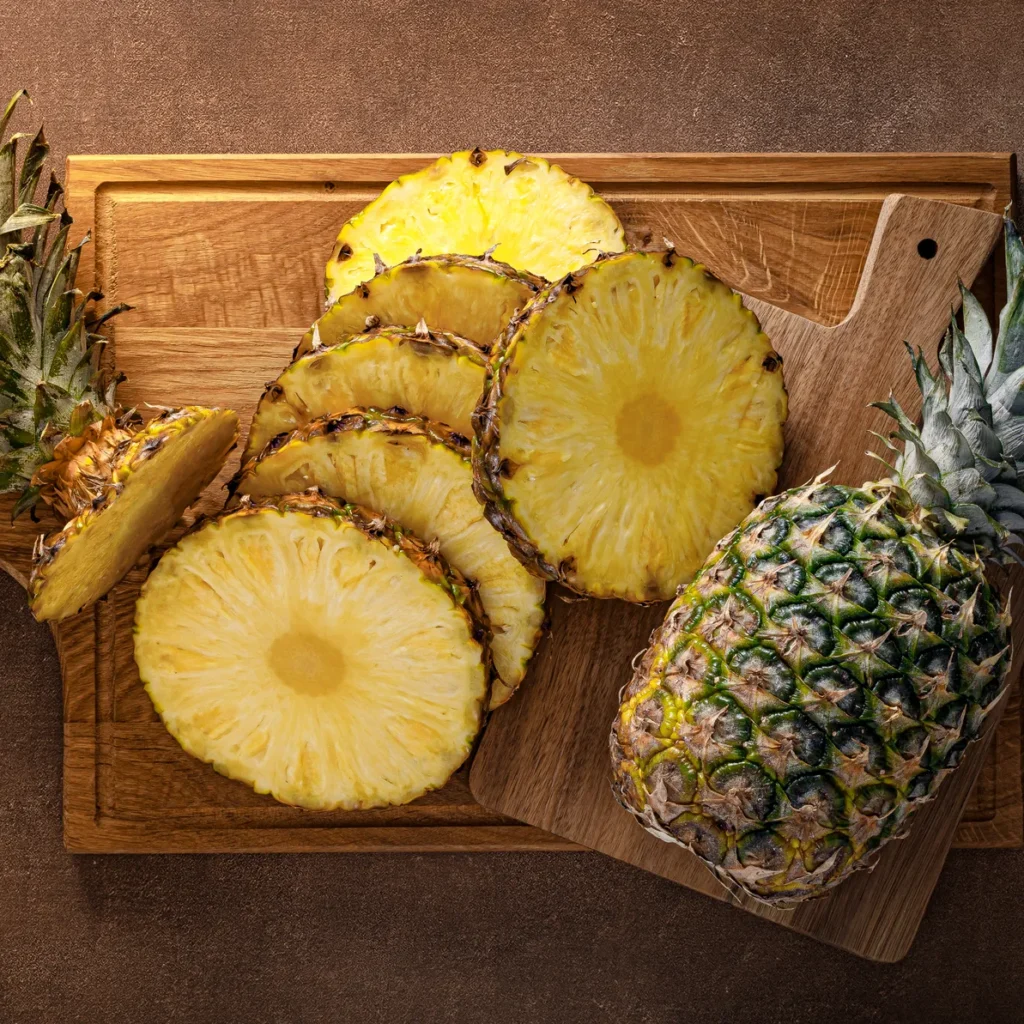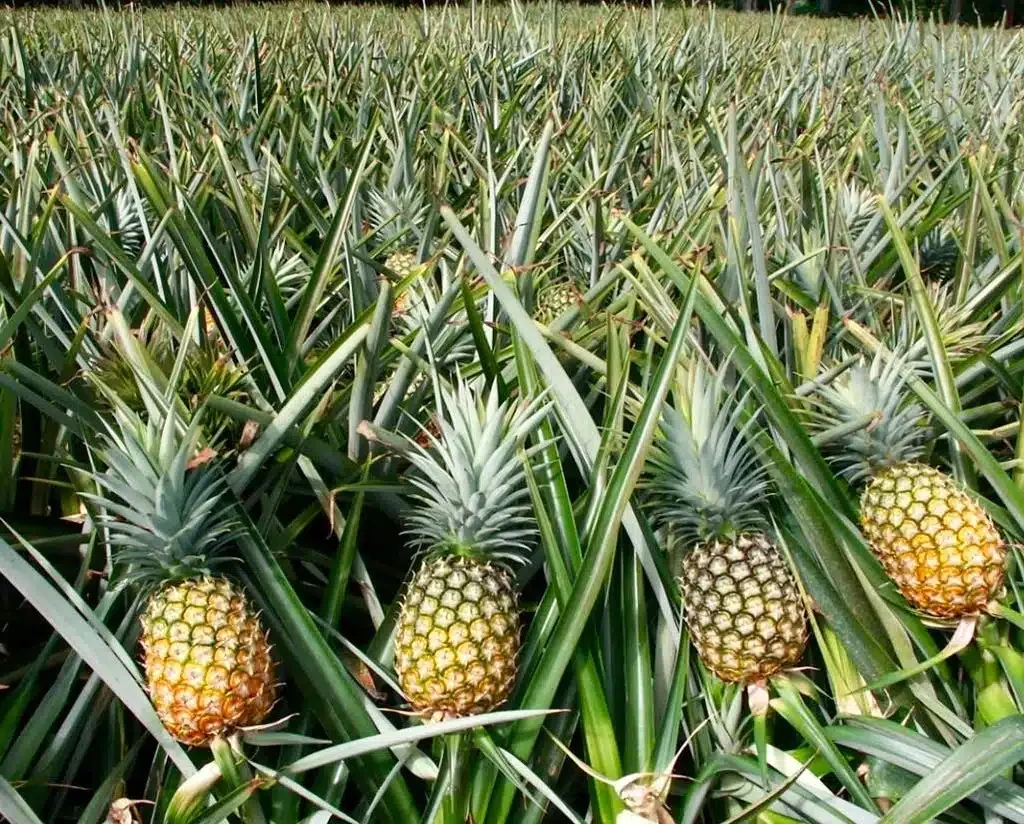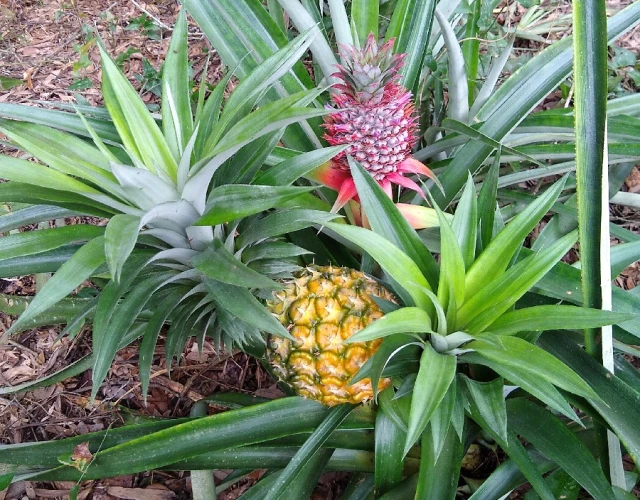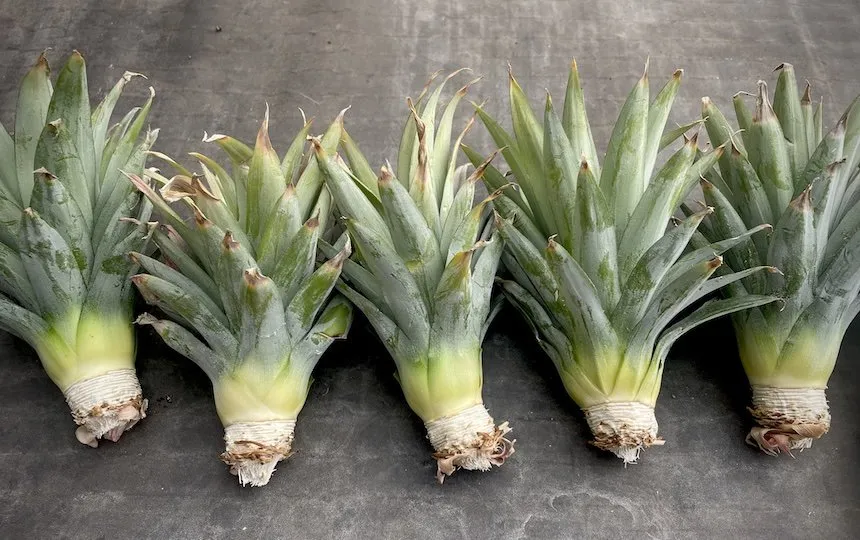Pineapples are one of the easiest tropical fruits you can grow right at home, even if you don’t live in a warm, sunny climate. The best part? You don’t need seeds or fancy gardening supplies. In fact, you can start a new pineapple plant using the top of a pineapple you buy from your local grocery store!
Yes — that spiky crown isn’t just for show. With a little care and patience, it can grow into a beautiful plant and eventually produce a sweet, homegrown pineapple. In this comprehensive guide, we’ll show you exactly how to start a pineapple from a top with simple, clear steps anyone can follow.
Why Grow a Pineapple from a Top?

Growing pineapples from tops is:
- Inexpensive: You only need a store-bought pineapple.
- Beginner-friendly: Minimal equipment and low maintenance.
- Space-saving: Great for pots, balconies, patios, or indoor spots.
- Visually appealing: Attractive spiky foliage makes a beautiful ornamental plant.
- Deliciously rewarding: Enjoy fresh, homegrown pineapple after a little patience.
Pineapples take time to bear fruit — usually 18–24 months — but the process is simple and surprisingly fun!
What You’ll Need
Before you get started, gather these easy-to-find items:
- 1 fresh, ripe pineapple with healthy green leaves
- Sharp kitchen knife
- Glass jar or cup
- Toothpicks (optional)
- A pot with drainage holes (8–12 inches deep)
- Well-draining potting soil (cactus or succulent mix works great)
- A sunny, warm location
Step-by-Step: How to Start a Pineapple from a Top

Step 1: Choose the Right Pineapple
Pick a pineapple with:
- Fresh, vibrant green leaves
- A firm body with golden-yellow skin
- A sweet, fruity aroma at the base
- No signs of mold, rot, or soft spots
Pro Tip: Organic pineapples are preferred since they’re less likely to have been treated with sprout inhibitors.
Step 2: Remove the Top (Crown)
Hold the pineapple firmly and twist the leafy top off in one swift motion. Alternatively, use a sharp knife to cut off the crown, leaving about half an inch of fruit attached.
Once separated, trim away the excess fruit flesh from the base. Leaving too much flesh attached increases the risk of rot during rooting.
Important: Peel off the lower 4–6 leaves to expose about 1 inch of the stem. This exposed area is where new roots will develop.
Step 3: Cure the Crown
This is a crucial step to prevent the cut end from rotting when placed in water or soil.
How to cure:
- Leave the prepared pineapple top in a well-ventilated, shaded spot for 2–3 days.
- Allow the base to dry and form a callous over the cut surface.
Curing greatly increases your success rate when rooting.
Step 4: Root the Pineapple Top
You can root your pineapple top in two ways:
Option A: In Water
- Fill a glass or jar with clean water.
- Place the crown so that only the exposed stem touches the water — not the leaves.
- You can insert toothpicks into the crown to suspend it over the rim of the glass.
- Put the glass in a warm, sunny spot.
- Change the water every 2–3 days to prevent mold or bacteria.
Roots typically appear within 2–3 weeks.
Option B: Directly in Soil
- Fill a pot with well-draining soil mix.
- Plant the cured crown base into the soil, burying it up to the first set of leaves.
- Lightly water the soil.
- Place the pot in a warm, bright location.
Pro Tip: Water propagation is recommended for beginners because you can easily see when roots develop.
Step 5: Transplanting to a Pot
Once the roots are around 2 inches long, it’s time to move your plant to a more permanent pot.
Choose a pot:
- At least 8–12 inches deep with good drainage holes.
- Use a fast-draining soil mix: 50% potting soil + 25% sand/perlite + 25% compost.
Plant the rooted crown:
- Bury the base of the leaves.
- Firm the soil gently around it.
- Water lightly.
Caring for Your Pineapple Plant

Sunlight:
Pineapples love sun! Provide 6–8 hours of direct sunlight daily. Indoors, place it by a south-facing window. Outdoors, choose a bright, sheltered spot.
In cold regions: Move the pot indoors if temperatures fall below 60°F (16°C).
Watering:
- Pineapples prefer slightly dry conditions.
- Water when the top 1 inch of soil feels dry.
- Avoid waterlogging, as the plant dislikes soggy soil.
- Occasionally pour water into the central rosette of leaves, mimicking natural rainfall.
Fertilizing:
Use a balanced liquid fertilizer every 4–6 weeks during spring and summer. Organic compost tea or slow-release pellets also work well.
Avoid over-fertilizing — too much nitrogen will produce lush leaves but delay fruiting.
How Long Until It Fruits?

A pineapple plant takes 18–24 months to produce a mature fruit when grown from a top.
Signs it’s ready to flower:
- The plant reaches 3 feet tall.
- A flower stalk emerges from the center, followed by small purple flowers.
- A baby pineapple forms and grows for 5–6 months before ripening.
Pro Tip: To encourage flowering once the plant is large enough, place a ripening apple or banana near the plant for a few days. The ethylene gas they release can help trigger blooming.
Harvesting Your Pineapple
You’ll know your pineapple is ready to harvest when:
- The skin turns golden-yellow.
- It gives off a sweet aroma.
- The fruit feels firm but slightly springy when pressed.
To harvest: Twist the fruit gently to detach it from the stalk.
Bonus: After harvesting, the plant will produce offsets (called pups or suckers) around its base, which you can use to grow more pineapples!
Common Problems and Solutions
- Root Rot: Caused by overwatering or poor drainage. Use well-draining soil and pots with drainage holes.
- Mealybugs or Spider Mites: Remove with water spray or apply neem oil.
- Yellow Leaves: May indicate overwatering or lack of sunlight. Adjust care accordingly.
Can You Grow Pineapples Indoors Year-Round?

Yes — with the right care:
- Provide bright, direct sunlight for 6–8 hours daily.
- Keep temperatures above 65°F (18°C).
- Use a grow light during winter or in shady spaces.
- Water sparingly and fertilize occasionally.
They make excellent ornamental houseplants while you wait for your homegrown fruit.
Final Thoughts
Starting a pineapple from a top is one of the simplest, most rewarding gardening projects — perfect for beginners and experienced gardeners alike. With a ripe pineapple, a sunny spot, and a little patience, you can turn kitchen scraps into a tropical houseplant and eventually enjoy your own homegrown pineapple.
It’s a fantastic way to add a touch of the tropics to your windowsill, balcony, or backyard, while also reducing food waste.
So, the next time you enjoy a store-bought pineapple, don’t toss that crown — turn it into your next fruitful gardening adventure!





Leave A Comment